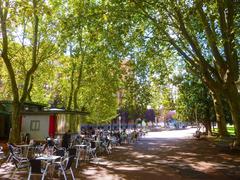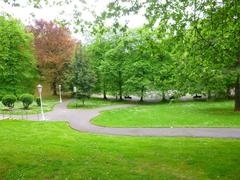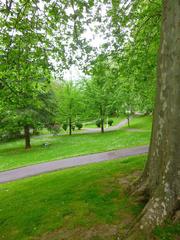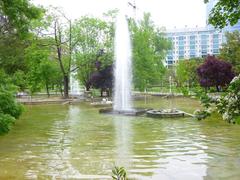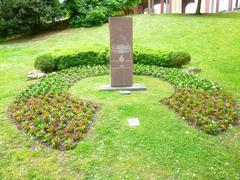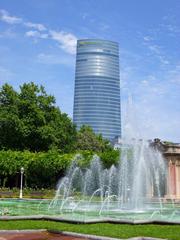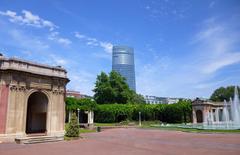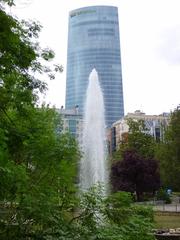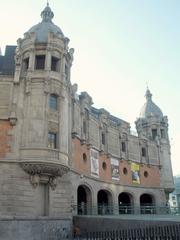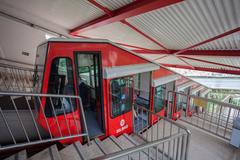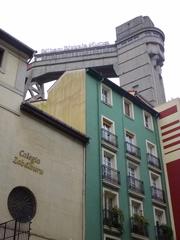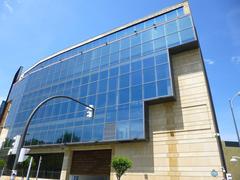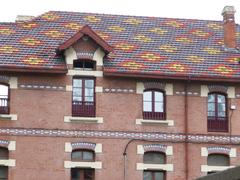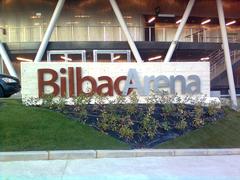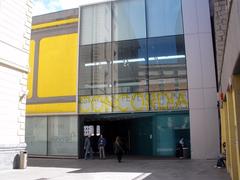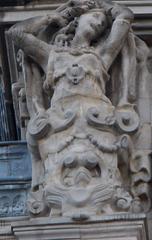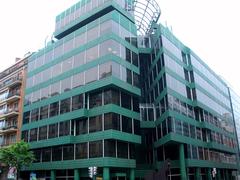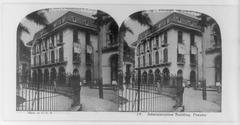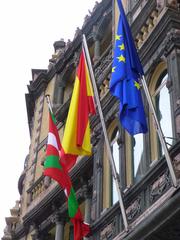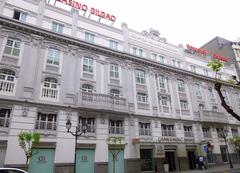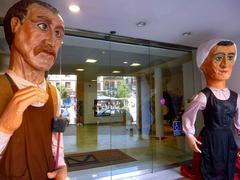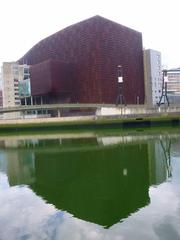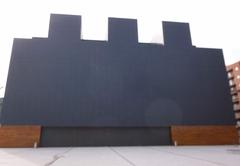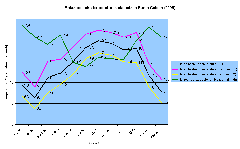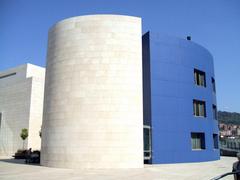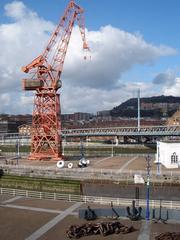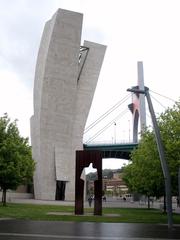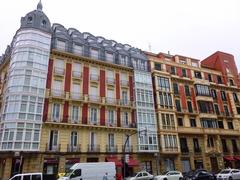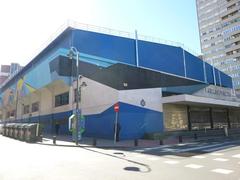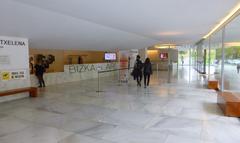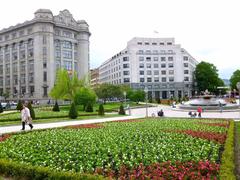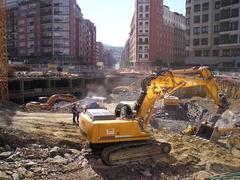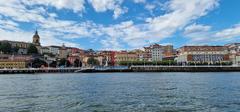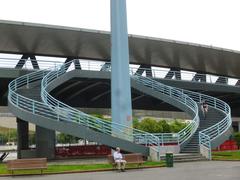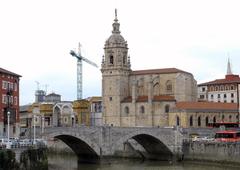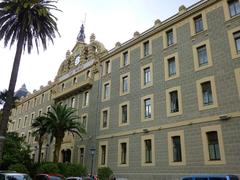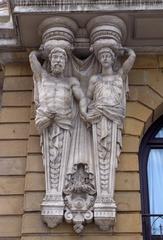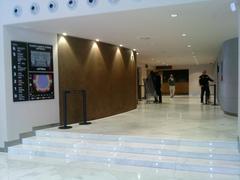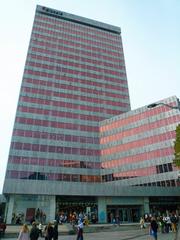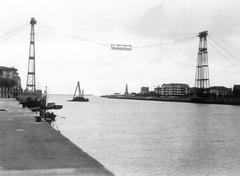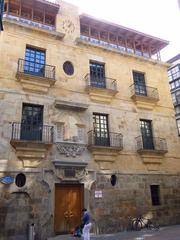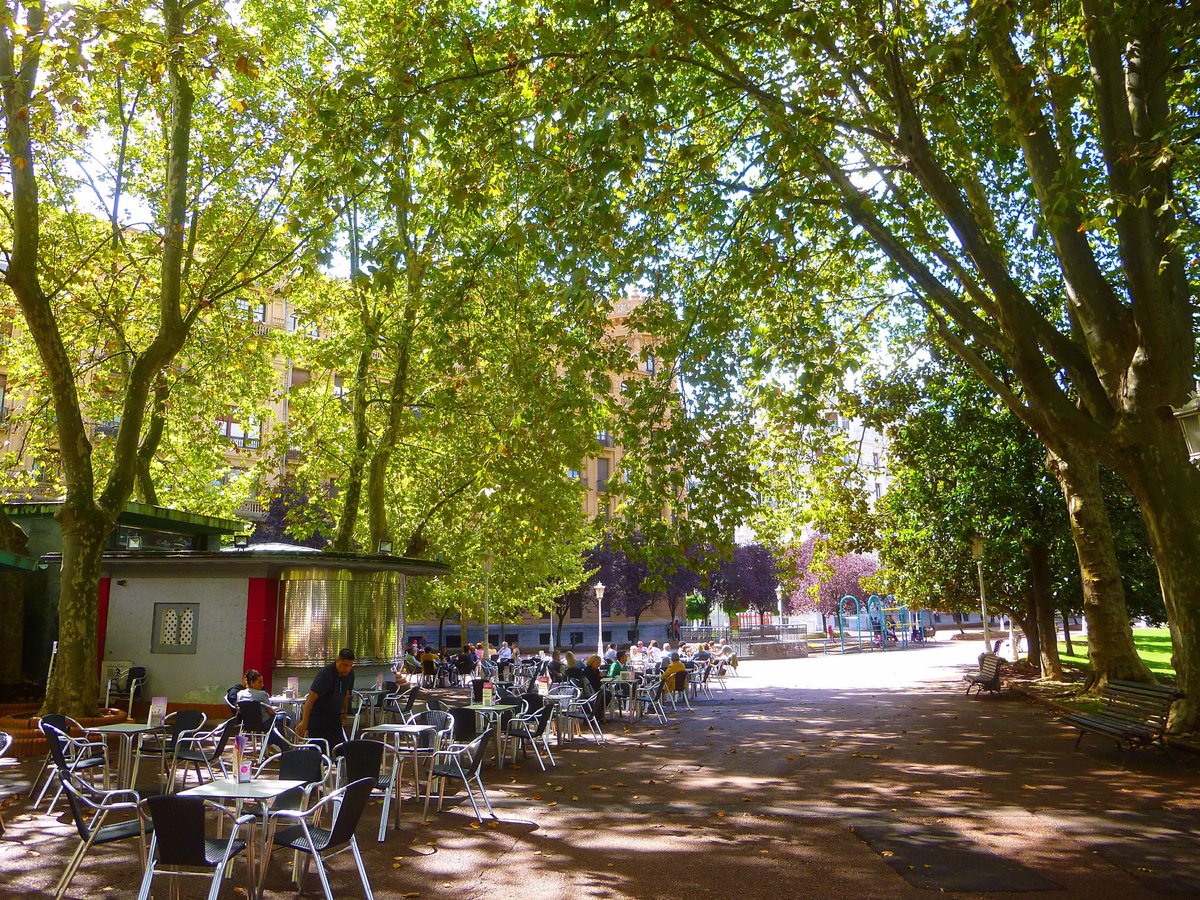
Visiting Parque Doña Casilda Iturrizar in Bilbao: A Complete Guide
Publication Date: 17/07/2024
Introduction to Parque Doña Casilda Iturrizar
Nestled in the heart of Bilbao, Spain, Parque Doña Casilda Iturrizar stands as an emblem of natural beauty, cultural heritage, and community spirit. Established in 1907, this historic urban park owes its existence to the philanthropic vision of Doña Casilda Iturrizar, who donated the land in memory of her late husband, Tomás de Epalza. The park was meticulously designed by architect Ricardo Bastida and landscape architect Jean-Claude Nicolas Forestier, blending formal French garden elements with naturalistic English landscape styles. Over the years, Parque Doña Casilda Iturrizar has evolved into a central gathering place for Bilbao’s residents, offering a wide array of recreational activities, cultural experiences, and seasonal events.
The park’s significance extends beyond its aesthetic appeal. During the Spanish Civil War, it served as a refuge for residents seeking safety amidst the turmoil. In the post-war period, significant renovations transformed the park, adding amenities like walking trails, children’s play areas, and a picturesque duck pond. Today, the park continues to promote environmental sustainability and community engagement, hosting events such as the Spring Flower Festival, Summer Concert Series, and Winter Lights Festival.
Visitors to Parque Doña Casilda Iturrizar can explore key attractions like the Bilbao Fine Arts Museum, the pergola and fountain, and the serene duck pond. The park is easily accessible by public transportation, and its well-maintained pathways ensure that all visitors can enjoy its beauty. Whether you’re a local or a tourist, this comprehensive guide will help you make the most of your visit to one of Bilbao’s most cherished green spaces.
Table of Contents
- [History and Significance of Parque Doña Casilda Iturrizar](#history-and-significance-of-parque-doña-casilda-iturrizarhistory-and-significance-of-parque-doña-casilda-iturrizar)
- [Origins and Early Development](#origins-and-early-developmentorigins-and-early-development)
- [Design and Landscape Architecture](#design-and-landscape-architecturedesign-and-landscape-architecture)
- [Cultural and Social Significance](#cultural-and-social-significancecultural-and-social-significance)
- [Key Features and Attractions](#key-features-and-attractionskey-features-and-attractions)
- [The Duck Pond](#the-duck-pondthe-duck-pond)
- [The Pergola and Fountain](#the-pergola-and-fountainthe-pergola-and-fountain)
- [Bilbao Fine Arts Museum](#bilbao-fine-arts-museumbilbao-fine-arts-museum)
- [Visitor Information](#visitor-informationvisitor-information)
- [Visiting Hours and Tickets](#visiting-hours-and-ticketsvisiting-hours-and-tickets)
- [Best Times to Visit](#best-times-to-visitbest-times-to-visit)
- [Accessibility](#accessibilityaccessibility)
- [Amenities and Services](#amenities-and-servicesamenities-and-services)
- [Historical Events and Milestones](#historical-events-and-milestoneshistorical-events-and-milestones)
- [The Spanish Civil War](#the-spanish-civil-warthe-spanish-civil-war)
- [Post-War Restoration and Modernization](#post-war-restoration-and-modernizationpost-war-restoration-and-modernization)
- [Contemporary Relevance](#contemporary-relevancecontemporary-relevance)
- [Environmental and Ecological Importance](#environmental-and-ecological-importanceenvironmental-and-ecological-importance)
- [Community Engagement and Events](#community-engagement-and-eventscommunity-engagement-and-events)
- [Nearby Attractions and Travel Tips](#nearby-attractions-and-travel-tipsnearby-attractions-and-travel-tips)
- [Special Events and Guided Tours](#special-events-and-guided-toursspecial-events-and-guided-tours)
- [Photographic Spots](#photographic-spotsphotographic-spots)
- [FAQ](#faqfaq)
- [Conclusion](#conclusionconclusion)
- [Sources and References](#sources-and-referencessources-and-references)
History and Significance of Parque Doña Casilda Iturrizar
Origins and Early Development
Parque Doña Casilda Iturrizar, often referred to simply as Parque de Doña Casilda, was established in 1907 as a public space. The land for the park was generously donated by Doña Casilda Iturrizar, a prominent local philanthropist, in memory of her late husband, Tomás de Epalza. This act of generosity aimed to provide the citizens of Bilbao with a green oasis amidst the rapidly industrializing city.
Design and Landscape Architecture
The park was designed by architect Ricardo Bastida and landscape architect Jean-Claude Nicolas Forestier, known for his work on urban parks. Forestier’s influence is evident in the park’s layout, which combines formal French garden elements with more naturalistic English landscape styles. The design includes wide promenades, manicured lawns, and a variety of plant species, creating a harmonious blend of structured and organic spaces.
Cultural and Social Significance
Parque Doña Casilda Iturrizar holds a special place in the hearts of Bilbao’s residents. Over the years, it has become a central gathering place for social, cultural, and recreational activities. The park’s significance extends beyond its aesthetic appeal; it serves as a symbol of community and philanthropy.
Key Features and Attractions
The Duck Pond
One of the park’s most iconic features is the duck pond, home to a variety of waterfowl, including ducks, swans, and geese. The pond is a favorite spot for families and children, who enjoy feeding the birds and watching their playful antics.
The Pergola and Fountain
The pergola provides a shaded walkway adorned with climbing plants and flowers. Adjacent to the pergola is a beautiful fountain, serving as a focal point within the park. The fountain’s design offers a refreshing respite during warmer months.
Bilbao Fine Arts Museum
Located at the edge of the park is the Bilbao Fine Arts Museum, one of Spain’s most important art institutions. The museum’s proximity to the park enhances the cultural value of the area.
Visitor Information
Visiting Hours and Tickets
Parque Doña Casilda Iturrizar is open year-round. There is no entrance fee, making it an accessible destination for everyone. However, check local guidelines for specific visiting hours.
Best Times to Visit
The best times to visit are during the spring and summer months when the weather is pleasant, and the gardens are in full bloom. Early mornings and late afternoons are ideal for avoiding the midday heat.
Accessibility
The park is easily accessible by public transportation, with several bus and tram stops nearby. It is also wheelchair accessible, with paved pathways and ramps ensuring that all visitors can enjoy its beauty.
Amenities and Services
Visitors will find a range of amenities within the park, including public restrooms, drinking fountains, and seating areas. Several cafes and kiosks offer refreshments, making it easy to spend a leisurely day exploring the park.
Historical Events and Milestones
The Spanish Civil War
During the Spanish Civil War (1936-1939), the park served as a refuge for residents seeking safety from the turmoil. Despite the challenges of the war, the park remained a symbol of resilience and hope for the people of Bilbao.
Post-War Restoration and Modernization
In the post-war period, efforts were made to restore and modernize the park. Significant renovations took place in the 1950s and 1960s, including the addition of new pathways, lighting, and recreational facilities.
Contemporary Relevance
Environmental and Ecological Importance
Today, Parque Doña Casilda Iturrizar plays a crucial role in promoting environmental sustainability and biodiversity within Bilbao. The park’s diverse plant life and green spaces contribute to the city’s ecological health.
Community Engagement and Events
The park remains a vibrant hub of community life, hosting a wide range of events and activities throughout the year. These events foster a sense of community and belonging.
Nearby Attractions and Travel Tips
Special Events and Guided Tours
The park hosts special events, including outdoor concerts and cultural festivals. Guided tours are available for those interested in learning more about the park’s history and features.
Photographic Spots
Popular photographic spots include the duck pond, the pergola, and the fountain. Capture the park’s beauty during different seasons for unique perspectives.
FAQ
Q: What are the visiting hours for Parque Doña Casilda Iturrizar?
A: The park is open year-round, but it’s advisable to check local guidelines for specific visiting hours.
Q: Is there an entrance fee for the park?
A: No, the park is free to enter.
Q: Are there guided tours available?
A: Yes, guided tours are available for those interested in learning more about the park’s history and features.
Q: What amenities are available within the park?
A: Amenities include public restrooms, drinking fountains, seating areas, cafes, and kiosks.
Conclusion
Parque Doña Casilda Iturrizar is more than just a park; it is a cornerstone of Bilbao’s community and cultural landscape. From its origins as a philanthropic gift to its contemporary role as a hub for environmental sustainability and community engagement, the park embodies the spirit of resilience and generosity that characterizes Bilbao. Visitors are treated to a diverse array of attractions and activities, from boating on the lake and exploring the Bilbao Fine Arts Museum to participating in seasonal events like the Spring Flower Festival and Winter Lights Festival.
The park’s meticulously maintained landscapes offer a serene escape from the bustling city, while its historical significance and ongoing community initiatives make it a vibrant and dynamic space. Whether you’re interested in cultural experiences, recreational activities, or simply a peaceful stroll, Parque Doña Casilda Iturrizar has something for everyone. For more information and updates, be sure to check the park’s official website and follow them on social media.
